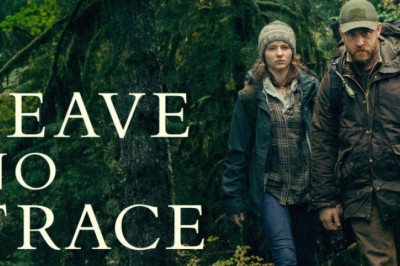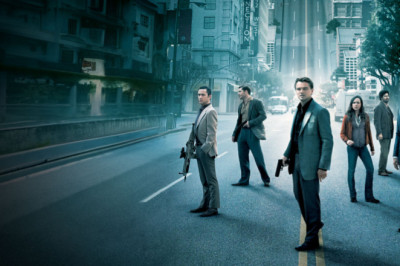Film Festivals vs. Mainstream Cinema: What’s the Real Difference?
views
Two Cinematic Worlds: Indie Prestige vs. Pop Appeal
At first glance, all films may seem to belong to the same universe — but within the industry, there’s a clear line separating two distinct cinematic ecosystems: film festival cinema and mainstream commercial movies.
These two branches differ in nearly every way: production methods, audience, distribution models, themes, and even definitions of success. For some, festivals are the heart of true cinema. For others, blockbuster hits are the fuel that keeps the art alive. In truth, both are vital.
What Film Festivals Offer: Cinema as Art
Film festivals are global stages for creativity, experimentation, and cinematic risk-taking. From Cannes to Sundance, Berlin to Toronto, these platforms elevate voices that might otherwise go unheard.
Festival films typically:
-
Prioritize artistic storytelling over marketability
-
Explore deep, often uncomfortable social or political themes
-
Embrace unconventional pacing, tone, or structure
-
Operate on smaller budgets with higher creative freedom
For example, "Nomadland" by Chloé Zhao started on the festival circuit before sweeping the Oscars. Likewise, international auteurs like Nuri Bilge Ceylan earned global acclaim through festivals, not multiplexes.
What Mainstream Cinema Offers: Mass Entertainment
Mainstream films aim wide. Backed by studios and designed for wide theatrical release, they prioritize entertainment value, accessibility, and high returns.
These films usually:
-
Belong to popular genres like action, comedy, or romance
-
Feature well-known stars and massive ad campaigns
-
Boast high production value and fast-paced storytelling
-
Prioritize visual spectacle and emotional immediacy
Marvel, Fast & Furious, Top Gun: Maverick — these aren’t festival darlings, but they generate billions and keep theaters running.
Production & Budget: Who Pays, Who Profits?
| Feature | Festival Films | Mainstream Movies |
|---|---|---|
| Budget | Low to moderate | High, often tens or hundreds of millions |
| Backing | Independent producers, grants | Major studios, global investors |
| Distribution | Limited/festival circuit | Global theatrical and streaming releases |
| Success Metric | Critical acclaim, awards | Box office numbers, audience reach |
Festival films are often self-funded, crowdfunded, or supported by art grants. They may lack marketing muscle but gain respect through word of mouth and critical praise.
Blockbusters, on the other hand, are corporate machines with investors, deadlines, and huge stakes — but also huge marketing teams.
Content & Themes: Depth vs. Accessibility
Festival films dig deep into topics like class, memory, trauma, identity, and ethics. They may challenge the audience with ambiguity, symbolism, or narrative experimentation.
Mainstream films lean into universal and emotionally satisfying stories: love, revenge, good vs. evil. They're fast, fun, and engineered to resonate with the widest crowd possible.
The result? Viewers tend to self-select: cinephiles go to art houses or festivals; casual viewers stick with streaming and cinemas.
Critics and Public Perception
Critics often praise festival films for originality and social relevance. These films win awards, spark discussions, and influence filmmaking as an art form.
Mainstream films aren’t necessarily inferior — they simply serve a different purpose. And some, like Christopher Nolan's work, bridge the gap beautifully: both financially successful and critically respected.
FAQs
Why aren’t festival films widely screened in theaters?
They cater to niche audiences and typically lack wide distribution deals.
Are mainstream films less artistic?
Not necessarily. Some strike a perfect balance between art and commerce — but many prioritize accessibility over experimentation.
Which film festivals are the most prestigious?
Globally: Cannes, Berlin, Venice. In the U.S.: Sundance and Tribeca.













Yorumlar
0 comment